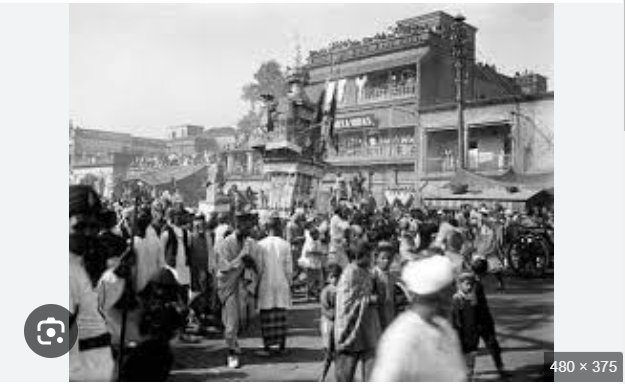During the medieval period, India witnessed the rise of various dynasties and kingdoms, each with its unique style of dress. The Mughal Empire, which lasted from the 16th to the 19th century, significantly influenced Indian menswear. The Mughals, of Central Asian origin and Islamic faith, brought a love for fine textiles and sophisticated fashion. Mughal men wore flowing robes called jama, made from silk, brocade, or velvet, often adorned with intricate patterns. They also wore churidar, tight-fitting trousers, and long, loose shirts known as kurta, which became popular among the common people.
The British colonization of India in the 19th century brought major changes to Indian menswear. The British introduced Western-style clothing, such as suits and ties, which became symbols of status and modernity. The elite classes in Indian society adopted tailored suits, waistcoats, and jackets made from wool, tweed, or linen. Despite this, traditional Indian garments like the dhoti, kurta, and turban remained popular among the masses, serving as symbols of cultural identity and resistance to colonialism.
After India gained independence in 1947, Indian menswear evolved, reflecting the country’s growing nationalism and modernity. Leaders of the Indian independence movement, such as Mahatma Gandhi and Jawaharlal Nehru, favored simple and practical dress styles, like cotton or khadi shirts and trousers. The Nehru Jacket, popularized in the 1960s and 1970s, is still worn by politicians and diplomats today.
In the 1960s and 70s, there was a renewed interest in traditional garments, which were modernized for younger generations. The bandhgala jacket, similar to the Nehru Jacket but with a higher collar, became popular for formal occasions, often paired with jodhpuri pants from Rajasthan.
The 1980s saw a shift towards more international fashion, with Indian designers experimenting with new materials and styles. Synthetic fabrics like polyester became popular due to their affordability and ease of production. The disco era also brought the leisure suit into vogue, appreciated by young men for its comfort and style.
In the 1990s and 2000s, a new wave of designers like Raghavendra Rathore, Tarun Tahiliani, and Rohit Bal brought fresh perspectives to Indian menswear. They blended traditional Indian aesthetics with contemporary styles, using materials like linen, silk, and cotton to create unique textures and designs.
Today, Indian menswear is more diverse and inclusive than ever. Traditional garments like the kurta, dhoti, and lungi have been updated to reflect modern tastes. The kurta, for example, is now often worn with jeans or trousers, making it a stylish and contemporary choice. The Nehru Jacket, once reserved for formal occasions, is now a versatile garment suitable for any event, often paired with jeans or chinos for a casual look. The bandhgala jacket has also gained popularity for formal events.
Fusion style, blending traditional and Western clothing, is increasingly popular among young men. This style often includes a mix of traditional garments like the kurta or bandhgala with Western jackets, pants, or shoes, complemented by accessories like scarves, ties, and pocket squares for added elegance.
Indian fashion designers are also incorporating sustainable and eco-friendly fabrics into their designs. Organic cotton, linen, and khadi, a hand-spun and hand-woven fabric, are popular choices. Designers are experimenting with new silhouettes, colors, and textures, blending Indian and Western elements to create unique, dynamic styles.
For a wide range of traditional ethnic outfits for men, explore WeaverStory’s menswear section, offering various styles from different regions.




